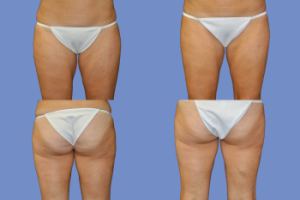Although lasers are the treatment of choice for port wine stains (PWS), some PWS are laser-resistant. PWS blood vessels that have high blood flow, large diameters, and are located deeply in the skin are difficult to treat with lasers.
To guide a tailored laser protocol, this study used in vivo reflectance confocal microscopy (RCM) to characterize the general morphological features of laser-resistant PWS blood vessels, eg, blood flow, density, diameter, and depth.
The clinical report of this study, titled “Characterization of Laser?Resistant Port Wine Stain Blood Vessels Using In Vivo Reflectance Confocal Microscopy,” was published recently in Lasers in Surgery and Medicine (LSM), the official journal of the American Society for Laser Medicine and Surgery Inc (ASLMS).
“This study aims to investigate the morphological features of laser-resistant port wine stain blood vessels using non-invasive reflectance confocal microscopy, which will guide a tailored laser protocol to target these blood vessels,” says Jianyun Lu, MD, PhD, who led the study, in a media release from ASLMS.
RCM can be a valuable tool for a prognostic evaluation on laser?resistant lesions before treatment, thus guiding tailored laser treatment protocols to improve therapeutic outcomes, the researchers conclude, in the study.
Jianyun Lu, MD, PhD is a Professor and the chair of the Dermatology Department at the Third Xiangya Hospital, Central South University, Changsha, China. She is a committee member of the Chinese Society of Traditional Chinese Medicine in the Dermatology and Immunology Branch. Her main research interests include the pathogenesis and intervention of atopic dermatitis and vascular malformations, mechanistic studies and clinical applications of medical ozone, and laser treatments for cosmetic skin conditions, per the release.
[Source: American Society for Laser Medicine and Surgery Inc]





